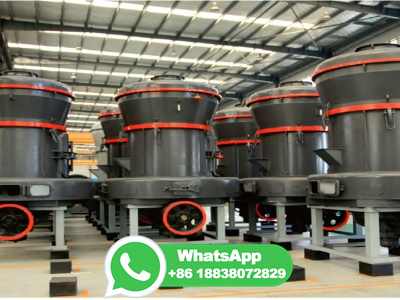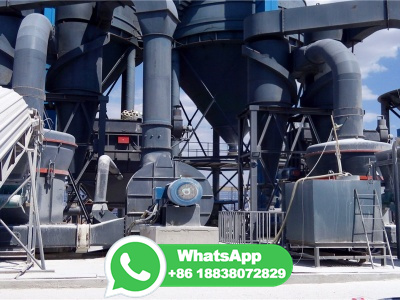Glossary
WEBAsreceived condition or asreceived basis (coal): Coal in the condition as received by the consumer or the laboratory analyzing the coal. Ash: Impurities consisting of silica, iron, alumina, and other noncombustible matter that are contained in coal. Ash increases the weight of coal, adds to the cost of handling, and can affect its burning ...






























